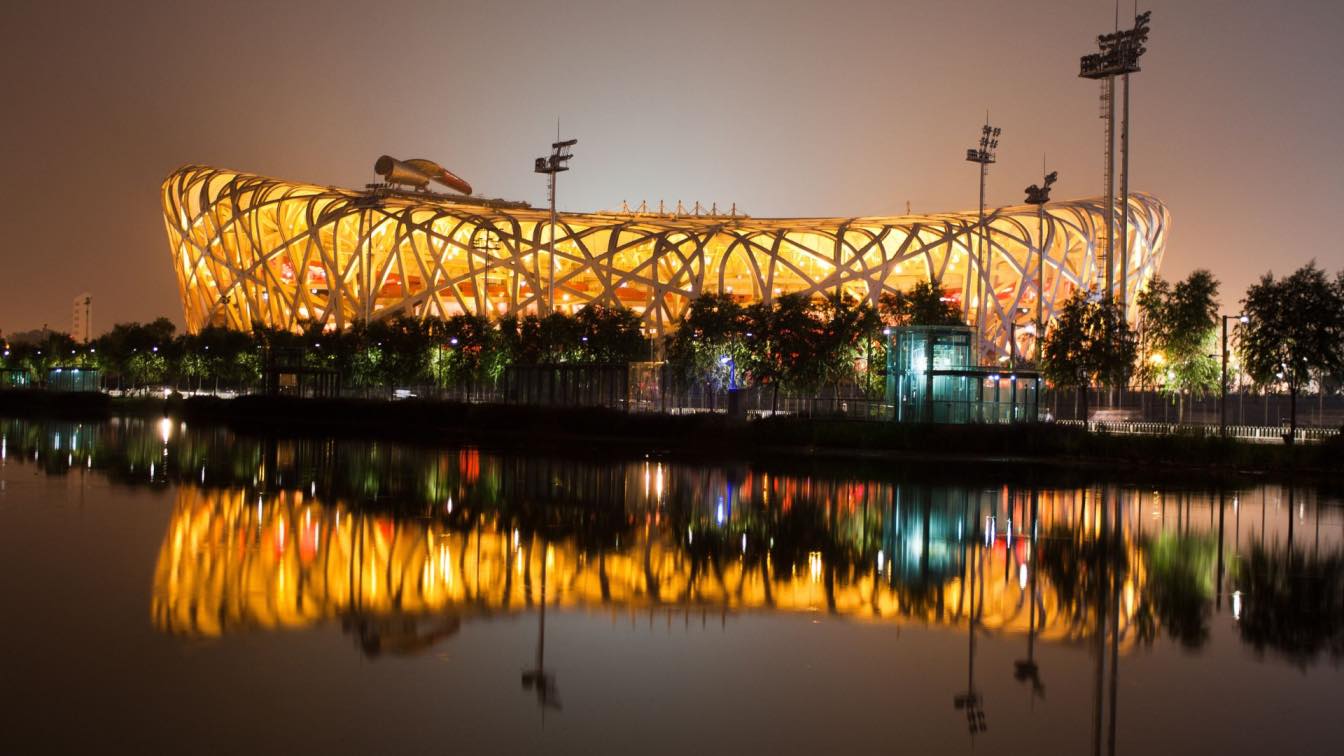When most people think of stadiums, they probably do not give much thought to the engineering and design that goes into them. But the truth is, modern stadiums are absolute engineering marvels.
From massive retractable roofs to complex cooling and drainage systems, today's stadiums are designed to be functional as well as impressive.
In this blog post, we will take a look at some of the most popular stadiums in the world and examine the unique engineering feats that make them possible.
SoFi Stadium - Los Angeles, United States
 image © London Bridges
image © London Bridges
SoFi Stadium in Los Angeles is one of the newest and most technologically advanced stadiums in the world. The stadium seats more than 70,000 people and features a retractable roof that can open or close in just under two hours. The roof itself is made up of two massive panels that each weigh more than 3,000 tons.
In addition to its retractable roof, SoFi Stadium is also equipped with a complex cooling and drainage system. During rainy games, water is pumped out of the stadium at a rate of 30,000 gallons per minute. And when the sun is out, hundreds of air coolers keep the temperature inside the stadium comfortable for both fans and players.
While it is a stadium of impressive architectural design and structure, it also ended up costing an estimated $5–6 billion to build and took almost four years from start to completion to be built. Nonetheless, it has already hosted a Super Bowl, thus perhaps highlighting just how impressive this venue is.
Tottenham Hotspur Stadium - London, England
 image © Omri Yamin
image © Omri Yamin
Tottenham Hotspur Stadium in London is notable for its massive steel arch that spans nearly 600 feet (183 meters) across the stadium. The arch supports more than 75% of the roof weight and helps to reduce the amount of steel needed for construction by about 1,800 tons.
The design of Tottenham Hotspur Stadium was also inspired by birds nests. The steel exoskeleton that covers the stadium resembles a bird's nest and allows natural light to enter through translucent skin panels. This not only cuts down on energy costs but also creates a more pleasant game-day experience for fans by making it feel like they are outdoors.
Lusail Iconic Stadium - Lusail, Qatar
![]() image © Supreme Committee for Delivery and Legacy
image © Supreme Committee for Delivery and Legacy
Indeed, each of the eight FIFA World Cup 2022 venues are set to be impressive structures and will be seen often throughout the tournament this winter, where it is possible for viewers to be able to wager on the games that take place. It is perhaps recommended that fans take a look at each of the stadiums before wagering, though, as it could potentially provide them with an insight into what might happen, including the Lusail Iconic Stadium.
The Lusail Iconic Stadium is one of the largest stadiums in the world with a capacity of 80,000 and will be used for the final of the tournament; just one of the 10 matches that it will host. One of the most impressive features of Lusail Iconic Stadium is that it will be cooled using solar power and have a zero-carbon footprint, thus having a positive impact on the environment, before being dismantled after the competition and reduced to a capacity of 40,000.
Beijing National Stadium - Beijing, China
 image © Bernd Dittrich
image © Bernd Dittrich
Beijing National Stadium, also known as "Bird's Nest," was built for the 2008 Summer Olympics. It has a unique structural design that was inspired by Chinese art and architecture. The outer shell of Beijing National Stadium resembles a bird's nest with interwoven steel beams that allow natural light to enter through gaps in the structure.
Allianz Arena - Munich, Germany
 image © Kostya Golinchenko
image © Kostya Golinchenko
Allianz Arena in Munich is notable for its inflatable ETFE plastic panels that cover the exterior of the stadium, with over 2,700 of these having been used. These panels are filled with air and lit up from within to create a dramatic effect when illuminated at night. In addition to their aesthetic appeal, these panels also help to reduce noise inside the stadium thanks to their sound-absorbing properties.
Final Thoughts
From massive retractable roofs to inflatable plastic panels, today's stadiums are true engineering wonders. The next time you are watching your favorite team play at their home stadium, take a moment to appreciate all the planning and design that went into making it possible!





